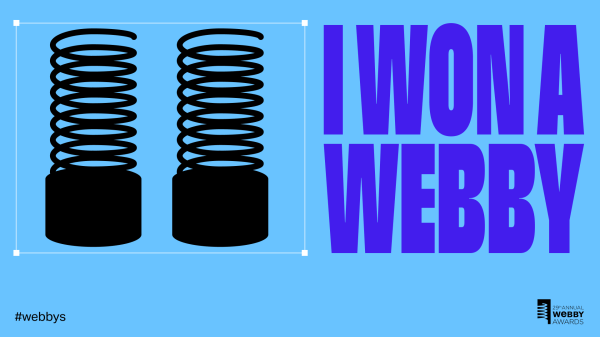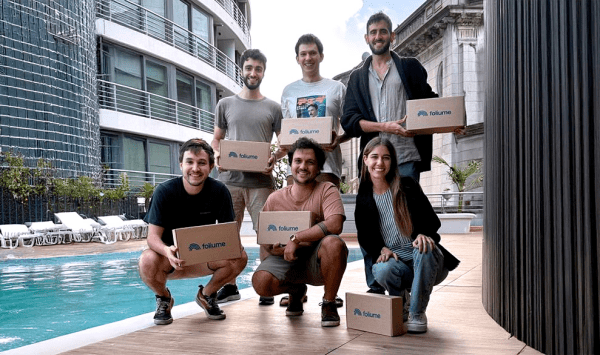A new report from Deutsche Telekom AG, Orange S.A., TIM, Telefónica S.A., and Vodafone Group Plc demonstrates the essential progress being made in improving the maturity, security, and energy efficiency of new Open Radio Access Networks (Open RAN). It addresses questions and challenges raised by experts and decision makers within the industry.
Maturity, security and energy efficiency are becoming increasingly important as the technology enters a new phase in its development, and throughout 2022, the companies have encouraged open discussions around these topics. With global deployments now reaching tens of thousands of sites (mainly executed by new operators in greenfield deployments), Open RAN is closing the gap with traditional mobile radio networks in terms of feature parity and performance, and further pilots are planned this year, leading to full-scale deployments across Europe in 2025.
Entitled ‘Open RAN MoU Progress Update on Maturity, Security and Energy Efficiency,’ the report also outlines the key areas of focus for the operators in 2023. These include assisting with the development of Open RAN technologies to allow for wider deployment in highly populated towns and cities than is currently possible, strengthening cooperation with national authorities on security, including the European Union Agency for Cybersecurity (ENISA), and enhancing energy efficiency of all components, with particular focus on the radio transmitters and cloud infrastructure.
This is the latest in a series of reports available to vendors, existing and new, as well as other operators and stakeholders of the new Open RAN ecosystem from Deutsche Telekom, Orange, Telefónica, TIM and Vodafone. Under a Memorandum of Understanding (MoU) signed in early 2021, the operators individually committed to working with all industry players to make Open RAN the technology of choice for future mobile networks, and bring its substantial benefits to consumer and enterprise customers across Europe.
Today’s report sets out the operators’ agenda for 2023 under the three main topics of maturity, security, and energy efficiency. In summary they are:
Maturity
The technology gap between traditional RAN and Open RAN is closing. Considerable Open RAN deployments are already visible in markets such as the UK and North America, facilitated by government support. In Europe, small deployments (trials) are already in place, new pilots are announced for this year and larger scale deployments are expected from 2025. A key focus in 2023 will be around maturity of 5G for urban areas and minimizing system integration overheads by maturing certification delivered through industry communities.
Security
The operators continue to cooperate with the relevant national authorities to share information on security, implementation, and management of Open RAN. In the last days prior to the industry trade show MWC23, the companies requested to formally include Open RAN as part of the GSMA security assurance scheme (NESAS) and the EU’s 5G certification scheme defined by ENISA.
Reports such as the EU NIS Co-operation Group’s assessment of Open RAN security, published in June 2022, have helped to develop strong security controls for specification, development, procurement, system integration, testing and operations.
As a result, Deutsche Telekom, Orange, TIM, Telefónica, and Vodafone, as a minimum, will:
- Apply all the mandatory controls defined by the O-RAN ALLIANCE and 3GPP security specifications themselves and throughout the supply chain.
- Follow a ‘zero trust’ approach to every vendor as they do today, and ensure industry established standards and specifications such as 3GPP and O-RAN ALLIANCE, requirements from national authorities and risk profiles of vendors are correctly captured and assessed during upcoming operator procurement processes.
- Address outstanding gaps in security specifications through the O-RAN ALLIANCE. For example, the O-RAN ALLIANCE Security Work Group (WG11) recently introduced new security control mechanisms for certain interfaces; these new specifications were completed in November last year and will be published in February 2023.
Energy Efficiency:
The availability of energy efficient hardware combined with ‘sleep modes’ is helping Open RAN at least match the energy efficiency of existing mobile sites. Open RAN MoU operators are collaborating with the industry to increase the energy efficiency of all the Open RAN components, with particular focus on radio transmitters and cloud infrastructure.
As in traditional mobile networks, the Open RAN radio units (the transmitters) consume the most power. Currently, their energy efficiency already falls within the typical range seen with traditional RAN, and will further improve thanks to dynamic sleep mode based on actual traffic needs.
The operators also note that the energy efficiency of cloud infrastructure is improving, thanks to advancements in CPU and ‘accelerator’ (special silicon chip) technologies, as well as cooling systems for servers. In addition, the operators are proposing a general framework for energy monitoring of all appropriate parts of the Open RAN system, including real-time reporting, tools and methodologies to achieve greater automation. The aim is to present the resulting framework for standardisation in ETSI for a harmonized methodology to be used across the whole industry.
Note to Editors
Open RAN signatory quotes
Abdu Mudesir, Group CTO Deutsche Telekom AG, said “Open RAN has matured over the last months and our initial commercial deployment will start soon. We believe that Open RAN will enrich the mobile ecosystem with new capabilities and innovation that will bring value to our customers and society. This white paper offers timely guidance on key areas of remaining Open RAN ecosystem development required to pave the way to open RAN brownfield deployments at scale.”
Michaël Trabbia, Chief Technology and Innovation Officer at Orange, said: “The significant progress made recently by the Open RAN industry has given us the assurance that open and cloud-native RAN is now geared up for first commercial deployments in brownfield networks within Europe from 2023 onwards. In the long run, we also have a clear path set up with an efficient framework to ease the integration burden, opening the door for deployments at scale. Eventually, we expect Open RAN to even outperform traditional RAN, allowing us to reap the benefits of fully automated and intelligent networks.”
Elisabetta Romano, Chief Network, Operations & Wholesale Officer of TIM, said: “Network Innovation is increasingly focusing on agility, security and sustainability. TIM strongly believes that the standardization process should fully address all the challenges raised by this new technology, the OPEN RAN. With this White Paper we intend to help relevant industry communities to move closer together, avoiding fragmentations, in order to unlock the full ORAN potential with great benefits for the customers.”
Enrique Blanco, Global CTIO, Telefónica S.A., said: “At Telefónica we have been pushing for the softwarization and disaggregation of the radio access network to become a reality. Our commitment to contributing to the maturity of the technology in collaboration with the rest of the ecosystem, as well as to its security and efficiency, is firm. Beyond the flexibility it will bring, OpenRAN will evolve the vendor ecosystem and revolutionize the current 5G industry in the medium to long term. And we are convinced that this is good for our customers and for society, so we are making it happen.”
Alberto Ripepi, Chief Network Officer (CNO) of Vodafone, said: “Any major proposed change to a vendor ecosystem that has been in place for decades will understandably raise questions. By publishing this report, we aim to allay any fears about Open RAN’s suitability as the technology of choice to foster greater vendor diversity and take Europe forward in the digital era.”
About the Open RAN MoU
Under the Open RAN MoU, the companies are preparing technical guidelines as inputs to industry bodies to help new and existing vendors develop software and hardware that is interoperable. The purpose is to foster a competitive Open RAN ecosystem, promoting openness and flexibility. The Open RAN MoU group of signatories also agreed to further advance various aspects of the Open RAN ecosystem through a set of actions. These include the active participation in Open Ran focused R&D projects, the support for edge computing initiatives in Europe, attention to compliance with evolving European security initiatives, and greater interworking between industry communities, such as TIP and the O-RAN ALLIANCE, and standardization bodies like 3GPP.








